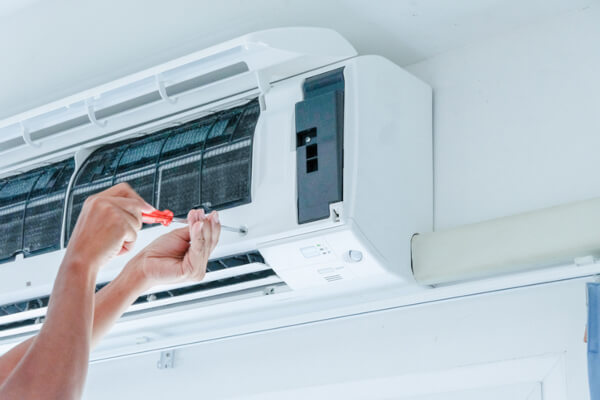Installing central air conditioning is a major home improvement project that can significantly improve your home's comfort and value. While it's typically best to hire a professional HVAC contractor to handle the job, some homeowners may want to take on the challenge themselves. If you're considering a DIY central air conditioner installation calgary, here are some tips to help you get started.
1. Determine the right size The first step in any central air conditioning installation is to determine the right size for your home. A unit that's too small won't be able to cool your home effectively, while a unit that's too large will waste energy and money. To determine the right size for your home, you'll need to calculate the total square footage of your home and factor in other variables such as ceiling height, insulation, and sun exposure. You can use an online calculator or consult with an HVAC professional to determine the appropriate size of unit for your needs.
2. Gather your tools and equipment Installing central air conditioning requires a range of tools and equipment, including a drill, screwdriver, wrench, refrigerant lines, and ductwork. Make sure to gather all of the necessary tools and equipment before you get started.
3. Install the indoor unit The indoor unit of a central air conditioning system is typically installed in the basement, attic, or crawl space of your home. You'll need to install the unit on a level surface and connect it to the electrical and refrigerant lines. You'll also need to install the air handler and any ductwork necessary to distribute the cooled air throughout your home.
4. Install the outdoor unit The outdoor unit of a central air conditioning system is typically installed on a concrete pad outside your home. You'll need to level the pad and connect the electrical and refrigerant lines to the unit. Make sure to also install any necessary safety equipment, such as a disconnect switch.
5. Charge the system with refrigerant Once your indoor and outdoor units are installed, you'll need to charge the system with refrigerant. This is a critical step in the installation process, as an incorrect refrigerant charge can lead to poor cooling performance and higher energy bills. Make sure to follow the manufacturer's instructions carefully and use the correct type and amount of refrigerant for your system.
6. Test the system Once your central air conditioning system is fully installed, it's important to test it thoroughly to ensure that it's running properly. Turn on the system and check the airflow and temperature in each room of your home. Make sure to also monitor your energy bills to ensure that your system is running efficiently.
In conclusion, installing central air conditioning is a complex and challenging project that requires a range of skills and knowledge. While some homeowners may choose to take on the job themselves, it's typically best to hire a professional HVAC contractor to ensure that your system is installed safely and effectively. If you do decide to install a central air conditioning system yourself, make sure to follow these tips and consult with an HVAC professional as needed.

Comments
Post a Comment